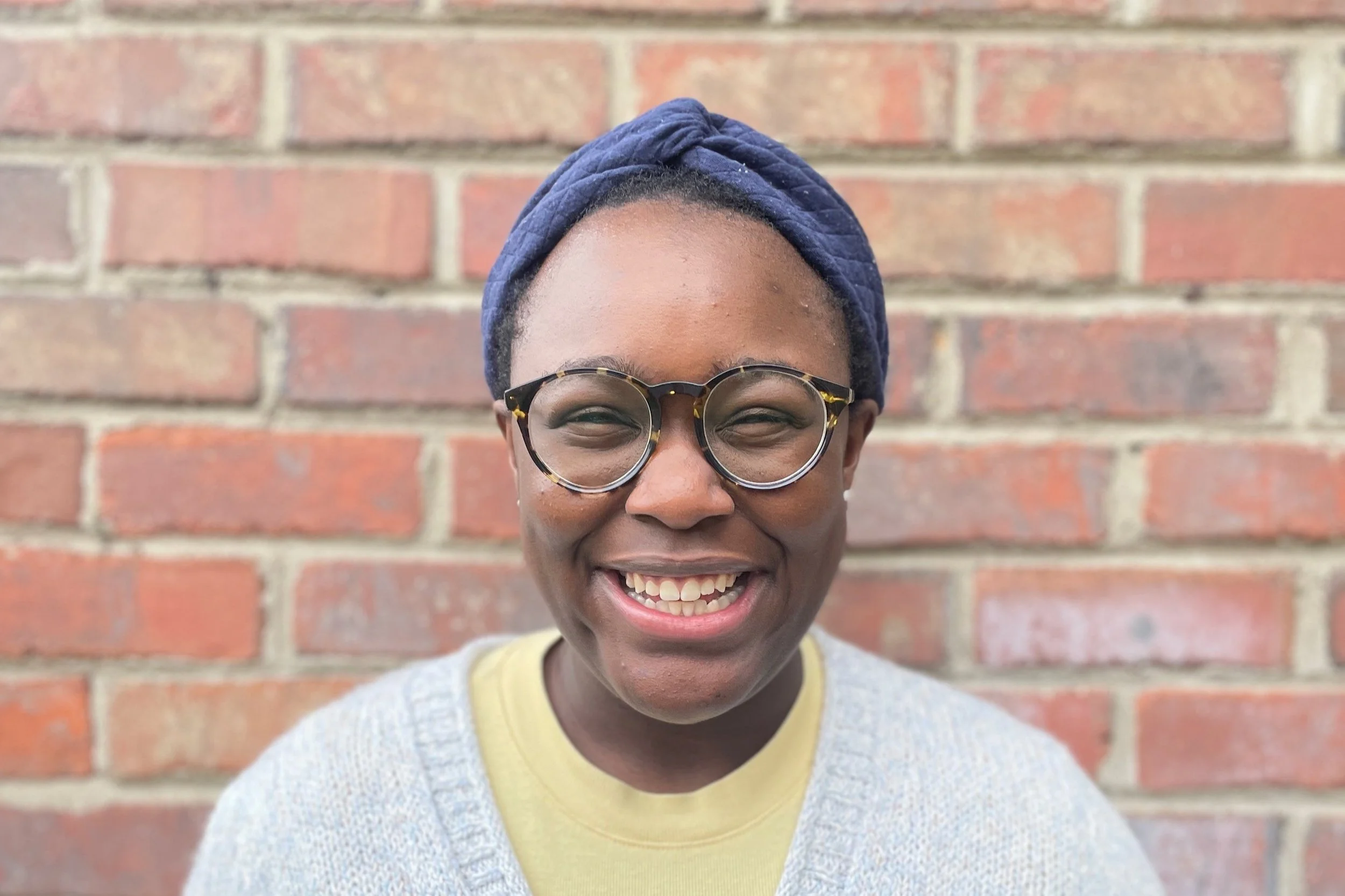Beyond the Buzzwords: What Really is Neurodiversity Affirming Care?
Written by Reece Thomas, CMHC
The Neurodiversity Paradigm
Neurodiversity affirming care has unfortunately become quite a buzz term, losing meaning and instead focusing on drawing people in for profit. Neurodiversity is often used as a euphemism for autism and/or ADHD, a way people signal these neurotypes in an attempt at talking about them in less stigmatizing ways. While this can sound like a positive thing, it can actually be very harmful because it doesn’t explore the real continuing stigmas and lack of access and understanding many neurodivergent people experience in a world not built for us, and does little to disrupt or dismantle ableism as a systemic structure of oppression.
Important Definitions
So, what is neurodiversity? Neurodiversity is a paradigm shift from the traditional Western pathologizing medical model. This is really important to understand because it is not just about shifting the language we use, but about what those words imply and how they change our operations and experiences. The medical model is all about identifying and labeling differences as bad and in need of changing to make people function more like the established “norms.” For example, if you go to a doctor’s office, they are likely looking to find a problem and then prescribe a solution such as a regimen, change, or pill(s). This is not inherently bad – if you are experiencing headaches or chronic pain, this approach can be really helpful. However, when we apply the medical model to realms like how our brains operate, this introduces unique problems.
When people use the term “neurodiversity affirming”, there is not usually a consensus or specificity offered around what that means concretely or how it looks in practice. What comes to mind for you when you see the terms neurodiversity affirming? Some people might think of having a basket of fidget toys and turning off the big lights in consideration of more consciousness around sensory environments. Others might think of neurodiversity affirming as moving away from language of autism as a disorder and instead using identity affirming language such as “autistics” or “autistic people.”
Language is one very important manifestation of the importance of the neurodiversity paradigm. The neurodiversity paradigm asserts that it is normal for our brains to operate differently and instead of categorizing or grouping based on the concept of “symptoms” (negative connotations of malfunction), it recognizes similarities or neurotypes such as autism or OCD. Anything labeled as a diagnosis in the Diagnostic and Statistical Manual (DSM) falls under the umbrella of neurodiversity. OCD, BPD, and autism are all forms of neurodivergence.
What does it actually mean to be affirming?
Now that we have a broader understanding of what neurodiversity is, this allows us to understand what it means to be neurodiversity affirming. Think about what it means to be queer affirming: for me that means not trying to change someone’s sexuality or identity, validating and celebrating the ways in which their experiences of distress and trauma are not a result of our identities but rather of how society can respond to people who we label as different. To be queer affirming is to have an understanding of unique experiences within a community whether that be through lived experience or learning (i.e. through paid consultation with those with lived experience, spending time with people in the community, reading and being curious to learn more).
Extrapolating, then, we can assert that to be neurodiversity affirming would be to not try to change who someone is and how their brain operates, and to validate and celebrate the ways in which their experiences of distress and trauma are not a result of how their brains are wired, but rather of how society can respond to people who we label as different. This can feel radical and confusing because of longstanding deficit based categorizations and messaging we have received around “treating” and “fixing” and “curing” people with neurotypes like OCD or BPD.
The Neurodiversity Affirming Model
Registered dietitian, Naureen Hunani, defines neurodiversity affirming care beautifully. She also created the Neurodiversity Affirming Model®, defining five principles:
● Anti-oppressive and anti-ableist
● Leadership of the most impacted
● Acceptance-based
● Trauma-informed
● Bodymind Liberation
I have linked her post to read more about these principles in greater depth and re-direct you back to her work. I really appreciate her definition because it is intersectional and thoughtful, which are also very important when considering how to be neurodiversity affirming.
Practically, neurodiversity affirming care can look like some of the following:
- Precision / intentionality around language; for example, understanding that neurodivergent refers to individuals/singlets or systems, whereas neurodiverse refers to a group of people with various neurotypes. Using appropriate language reflects that you have taken the time to understand neurodiversity, which is important in moving beyond taking buzzword phrases and taking the time to understand more of these experiences(which are not a monolith, but do often have overlap).
- Learning from people with lived experience – there are unfortunately, many trainings and certifications that claim to help people become “experts” on other people’s experiences, and often the facilitators do not have lived experience with the neurotypes they are teaching about. Lived experience cannot be replaced by any training or certification, and clients are the experts on our own experiences
- Thinking about and offering sensory adjustments based on clients’ (and your own!) needs: if you meet in person, are there strong scents in the space? Is the lighting really bright? Do you have a lot of visual clutter or visual stimulation to offer to clients? Depending on the client, bright lights could be very overstimulating, as many of us neurodivergent humans say, do not turn on the big lights! On the other hand, some neurodivergent humans really like a lot of stimulus – colors and visuals to look at, fidgets to play with.
-Challening social engagement “norms”: for example: are you mindful of how differences in eye contact can often be pathologized instead of understood within the context of one’s neurotypes?
- Are you aware of how ableism shows up insidiously in many spaces, committed to continuous unlearning and learning about increasing access needs and challenging structures we were taught not to question or even think about?
Ableism can look like…
- Pathologizing communication styles (i.e. insisting that it is avoidant or passive aggressive to communicate needs via text when this can be an accommodation),
- Demanding responsiveness in certain timelines or tone policing (reflecting lack of understanding of executive function differences, tone of voice which can offer regulation or just look different generally)
- Insisting on keeping cameras turned on or that people pay attention in particular ways (i.e. not allowing people to fidget or otherwise move around as needed or insisting that this behavior is part of a “disorder”)
Affirming care emphasizes collaboration:
Collaboration looks like working together as providers and clients to understand and co-create goals in for therapy. Naming power dynamics as providers is an important part of being neurodiversity affirming and not just broadly or once, but intentionally and in various ways. For example, when exploring possible diagnoses, labels, neurotypes, you might ask clients if the labels resonate with and feel they accurately reflect their experiences. You might also be intentional about checking in with clients before adding any labels to their charts, explaining any possible implications, and talking through why the labels may be important (i.e. insurance reimbursement, access to medications or specific support,
etc.).
These are just some examples of what neurodiversity affirming care might look like.
I invite you to reflect on the following questions to deepen your own understanding of neurodiversity affirming care:
What does neurodiversity affirming care look like in practice for you?
What are some things you notice that aren’t neurodiversity affirming whether that be as a client when looking for care or as a provider
when thinking about your practice?
What have you historically considered “neurodivergent” and what have you left out? How were these biases shaped?
What do you need to unlearn and learn in order to provide more acceptance based, collaborative care to neurodivergent folks?
*Of note, some experiences like OCD are often experienced as more egodystonic or opposite to one’s values and distressing, thus at present, the language of disorder is commonly still used. I am curious about how that might change over time as ND activists shift our conceptualization and more conversation is had around the moral neutrality of these experiences. Just like with autism, there can be strengths and challenges of having these neurotypes.


